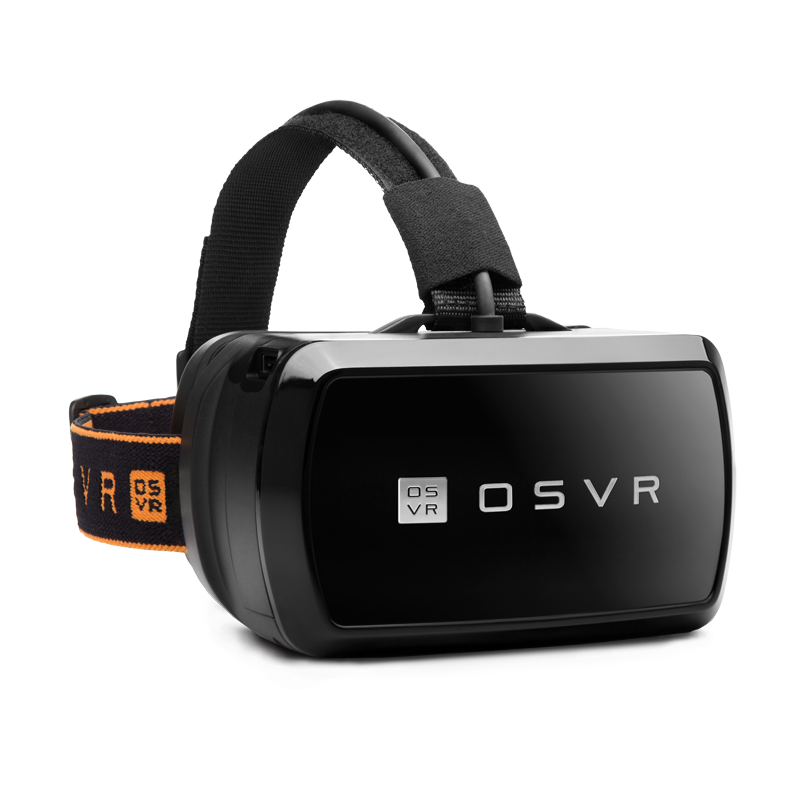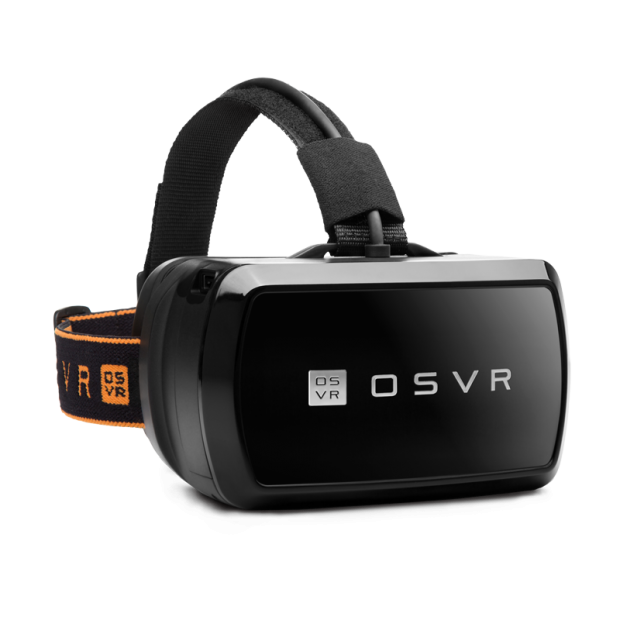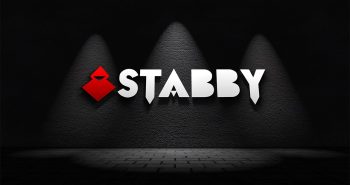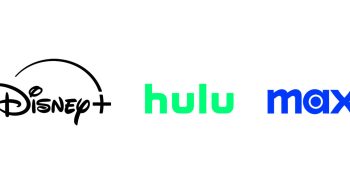BERLIN (IFA) – Organizers of Open Source Virtual Reality (OSVR), an open software and hardware platform for virtual reality, today announced development of the Hacker Development Kit (HDK) v1.3 and related preorder date for the public on Oct. 1, 2015.
It was also announced that the OSVR content discovery platform has launched in anticipation of the new HDK release. It is available for VR enthusiasts, developers and interested consumers now through OSVR.org. The platform features a fast-growing list of curated content ranging from 360-degree media to VR games from across the OSVR supporter network. It additionally provides a list of VR stores that contain OSVR-supported content, including the following:
- Boondogl
- Itch.Io
- Qihoo360
- Razer Cortex
- Steam
- V
- Vrideo
- WearVR
Curated content will rotate frequently to give all partner content equivalent exposure.
Interested parties may visit the platform here: http://www.osvr.org/featured.
Hacker Development Kit v1.3 Pre-Orders:
The HDK v1.3 will be made available to all for pre-order on the first of October with shipping later that month.
V1.3 improves upon v1.2 with a new optics and display module:
– The optics module maintains the HDK’s highly acclaimed picture quality while expanding on the eyebox to allow for sharper images without the need for Independent adjustable lenses (IPD). It will also have individual eye focus for personalized use without glasses.
– The display module has been upgraded to a full-HD 5.5-inch 120 Hz silver screen OLED display for low persistence for clearer and brighter images running at 60 frames-per-second.
Price
US: $299.99 /EUR: €299.99
Availability
October 2015
Major Software Updates
Driven by continued investments from its core team alongside a productive community of contributors, the OSVR software platform continues to grow and offer a complete set of capabilities for VR application developers. Some of the recent enhancements include:
OSVR Render Manager, allowing optimal low-latency rendering on any OSVR-supported device.
Currently supporting Gameworks VR, NVIDIA’s technology for VR headsets and games, the OSVR Render Manager provides:
- Direct Mode—the NVIDIA driver treats VR headsets as head mounted displays accessible only to VR applications, rather than a typical Windows monitor that your PC shows up on, providing better plug and play support and compatibility for VR headsets.
- Front Render Buffering—enables the GPU to render directly to the front buffer to reduce latency.
- Context Priority—provides headset developers with control over GPU scheduling to support advanced virtual reality features such as asynchronous time warp, which cuts latency and quickly adjusts images as gamers move their heads, without the need to re-render a new frame.
“Our work with NVIDIA is a key step towards achieving our goal of providing developers with a comprehensive infrastructure that allows creating high-performance VR and AR experiences regardless of the particular operating system, HMD platform, game engine or input peripherals,” says Yuval Boger, CEO of Sensics. “OSVR allows the VR/AR community to create exciting experiences without being locked in to any single vendor”.
Support for other graphics architectures are currently in development
OSVR Performance Profiler
Utilizing ETW – Event Tracing for Windows – the OSVR performance profiler allows optimizing application performance by identifying performance bottlenecks throughout the entire software stack.
Event Tracing for Windows (ETW) is an efficient kernel-level tracing facility that lets you log kernel or application-defined events to a log file and then interactively inspect and visualize them with a graphical tool






